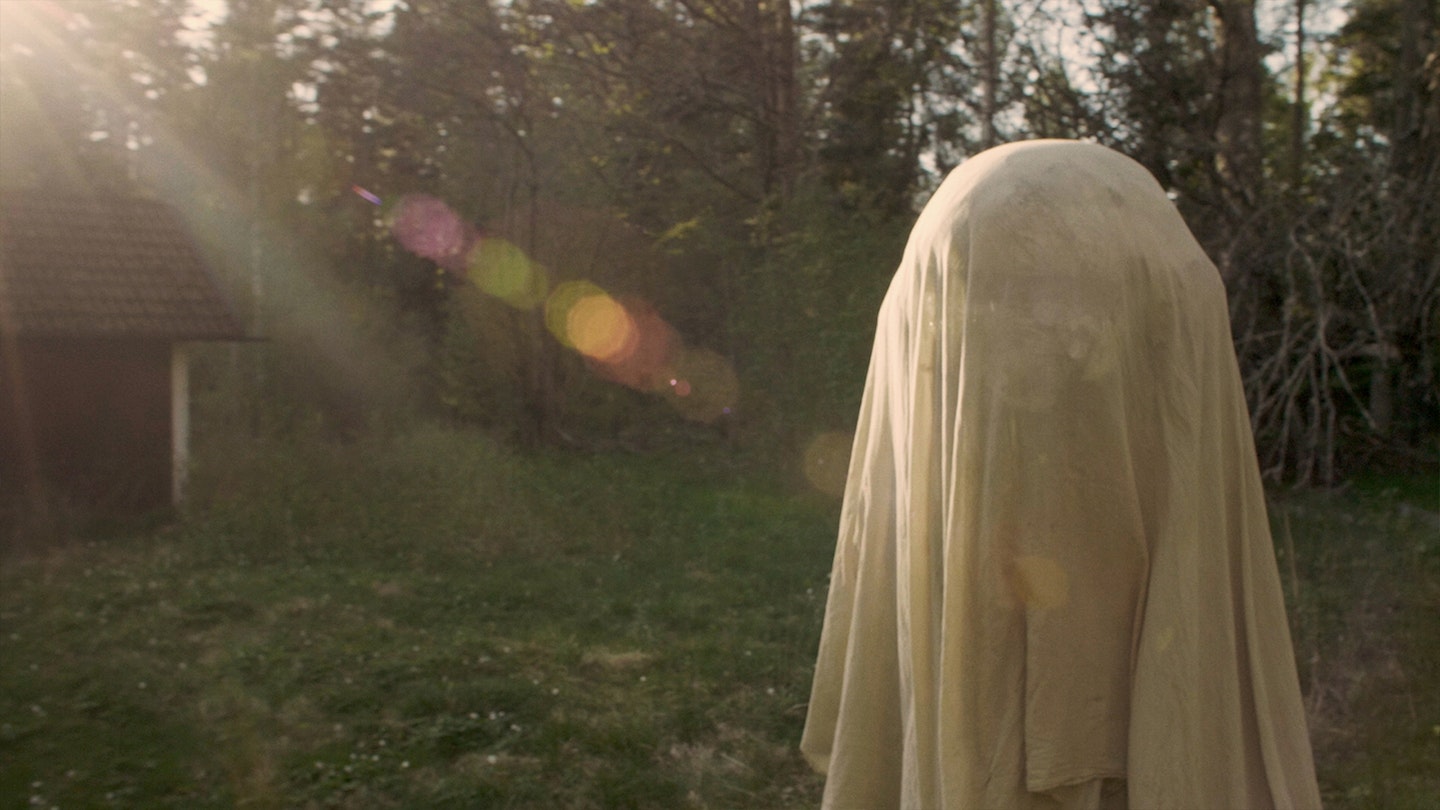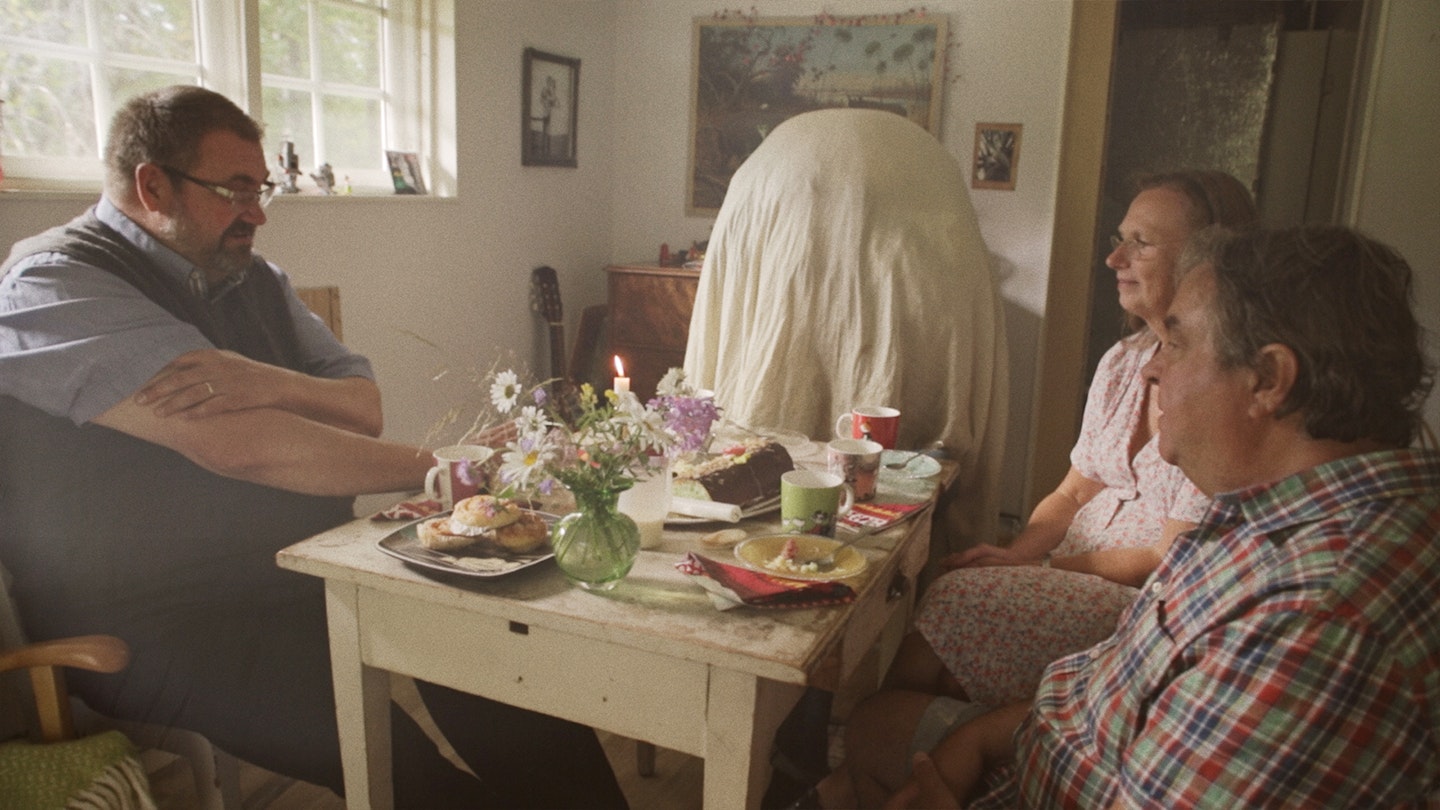When we meet 40-year-old Swedish man William, he is covered in fabric. It is a confusing image, one staged without context in order to ignite the feelings others get when they see William moving about. At times his appearance is similar to Casey Affleck’s cartoonish figure in David Lowery’s A Ghost Story (2017); at others he looks more like an out-of-water jellyfish.

Swedish-born filmmaker Marie Lidén, who makes her feature debut with Electric Malady, takes this alienating impression of William and strives to humanise him. There is some discomfort in doing so, however. William tells us that the fabric he covers himself with is designed to shield him from electromagnetic radiation, which he describes as causing intense burning sensations all over his body.
He is not the only person to report such symptoms, known to be shared by over 300,000 people in Sweden alone, including Lidén’s mother. But this ‘electrosensitivity’ is thought to have no scientific basis and is not an official medical diagnosis, forcing those with the conditions to experiment with their own alternative therapy. William says that others have killed themselves as a result, even though he remains optimistic and curious about life.
Yet Lidén never escapes the impression she establishes at the start of the film. An eerie score of sombre cello and oblique camera angles watching William through the dirty windows of his cabin in the woods aligns the documentary with the conventions of folk horror. This kind of stylisation feels insensitive, and despite a brighter conclusion, it leaves an unsavoury taste, only serving to other William further. Nonetheless, he holds his own as the film’s focus, and his meditations on a diminished quality of life hold great emotive power.
